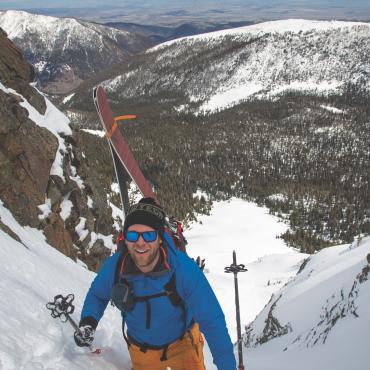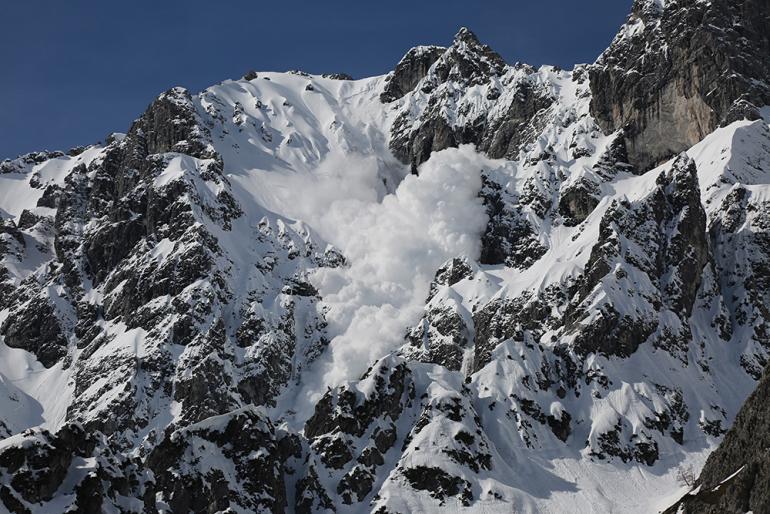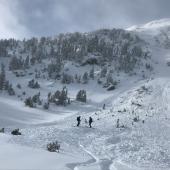Beware the Dragon
Ten tips for avalanche awareness.
More people than ever are heading into the backcountry this season to escape resort crowds and find fresh snow. With more people comes more risk. Avalanches are the most-talked-about backcountry risk factor, but don’t forget that other objective hazards are also present, and anytime you head out (this means sidecountry, too), you should be self-sufficient, and prepared to spend the night. You should have the training and the gear to deal with injuries, gear malfunction, extreme weather, as well as avalanche assessment and rescue. When it comes to avalanches, here’s a starting point.
1. Check the avalanche forecast, every day (mtavalanche.com). Even if you’re not skiing, tracking the forecast every day will provide valuable information about how the snowpack and conditions are trending, which can inform better decisions when you do head out.
2. Get educated. Avalanche assessment and safe movement through the mountains isn’t something you can learn on YouTube. There is a learning curve that is easiest and safest to overcome with a combination of instruction and experience—they should be matched.
3. Practice avalanche rescue. This is a skill that you want to master, and hope never to use. There are beacons practice parks at Bridger, Big Sky, and in Bozeman. Better yet, take an Avalanche Rescue course, and brush up every year or two with realistic scenarios and feedback from professionals.
4. Choose partners wisely. Always travel with a partner in avalanche terrain, but also make sure your partner is attentive and engaged, and that you’re on the same page as far as risk tolerance, fitness, skiing ability, and goals. Your partner is your only backup if something goes bad—make sure they’re up to the task.
5. Make rational decisions, not emotional decisions. It’s easy to get caught up in “powder fever,” or lured into doing something sketchy because you want to ski something rad. If you’re amped, that’s a reason to step back and reassess.
6. Do your homework. Have a plan—don’t just show up to a trailhead and start skinning. Check the weather forecast. Match terrain to expected conditions, and have a backup in case weather or avalanche conditions change. Have a map, and always know where you are.
7. Tell someone where you’re going, when you plan to be back, and who you’re with. Be specific. If you have an accident, these details can help Search and Rescue get there quicker—and could save your life.
8. Temper expectations. Steep, rowdy terrain is out of condition more than it’s in. You may have to turn around multiple times over multiple days (if not years) to ski a choice line—that’s the game. You don’t control the mountains.
9. Be respectful of other backcountry users, and don’t put others at risk.
10. Have fun! Backcountry skiing is just recreation—come home safe and smiling.
Drew Pogge is the owner and lead guide at Big Sky Backcountry Guides and the Bell Lake Yurt. He serves on the board of the American Avalanche Association and is the former editor-in-chief of Backcountry magazine. Check out bigskybackcountry.com.













